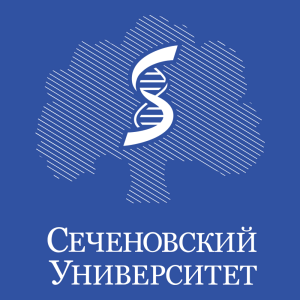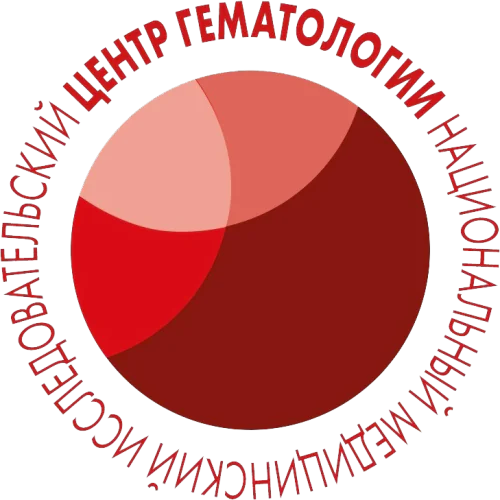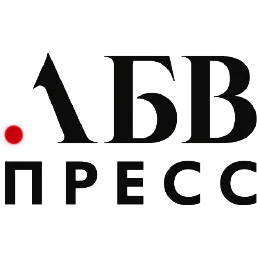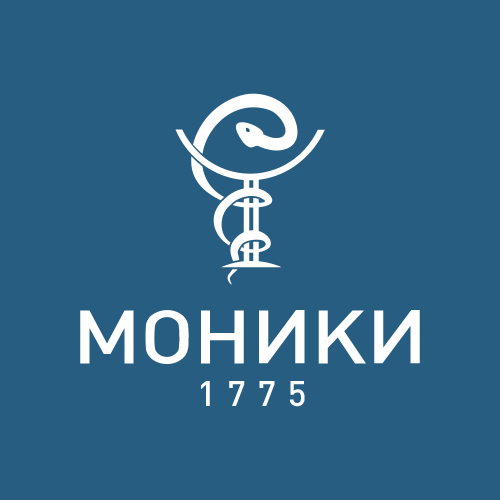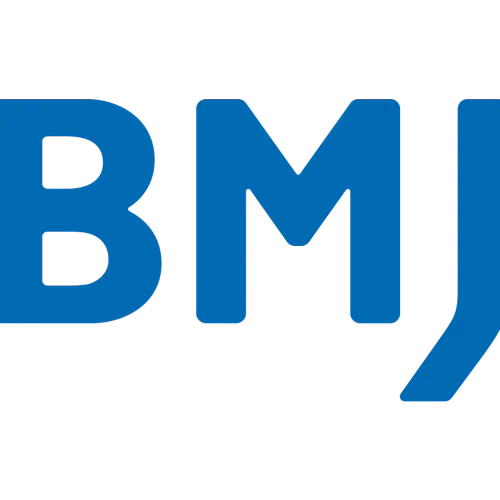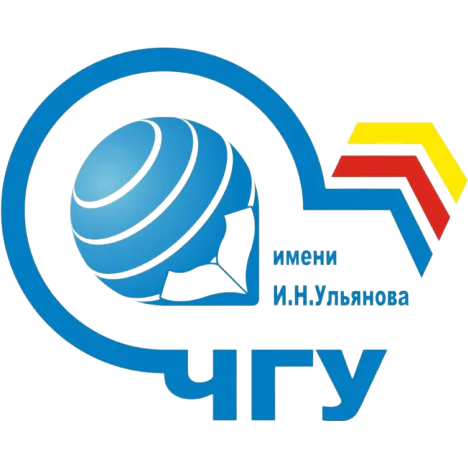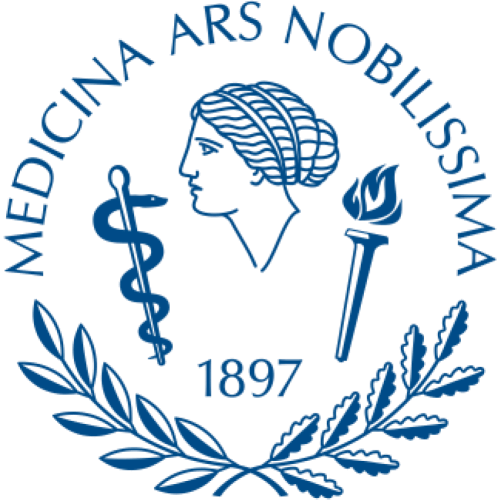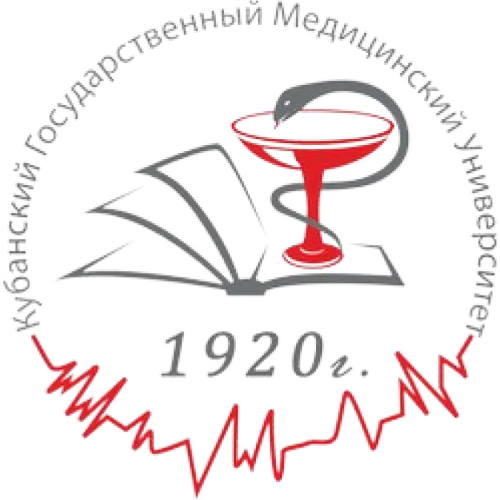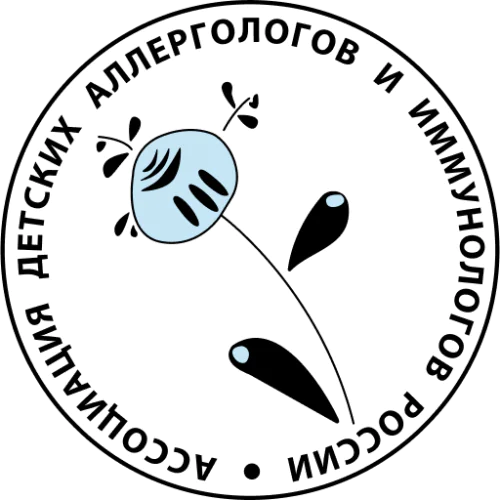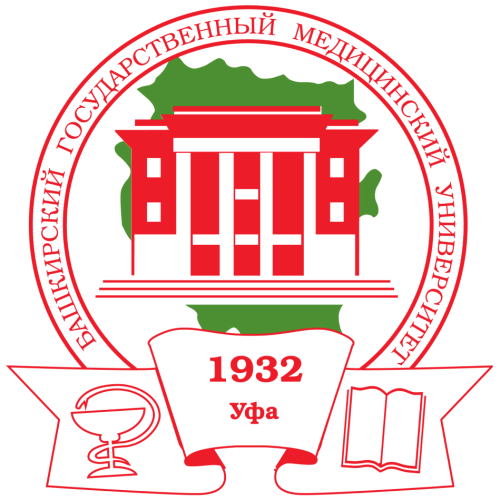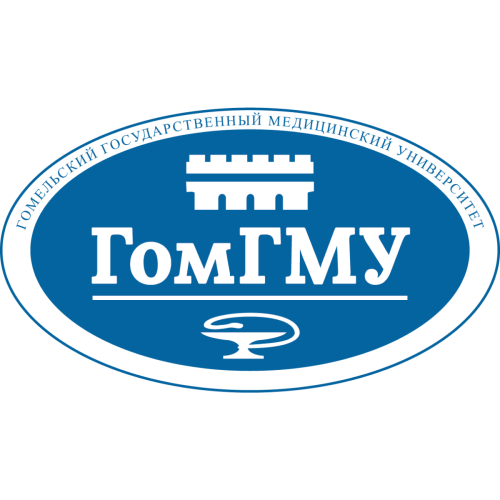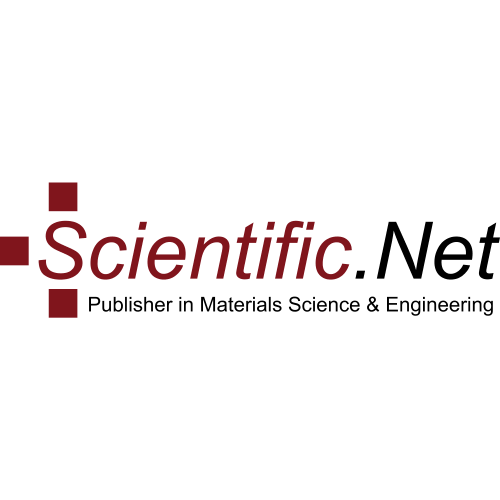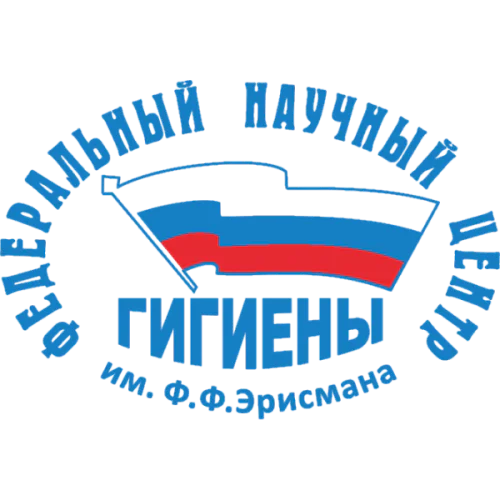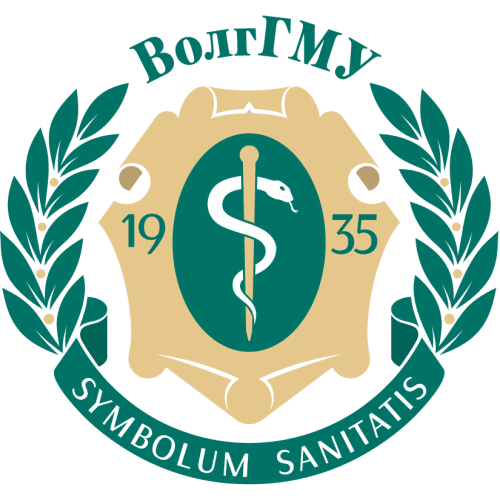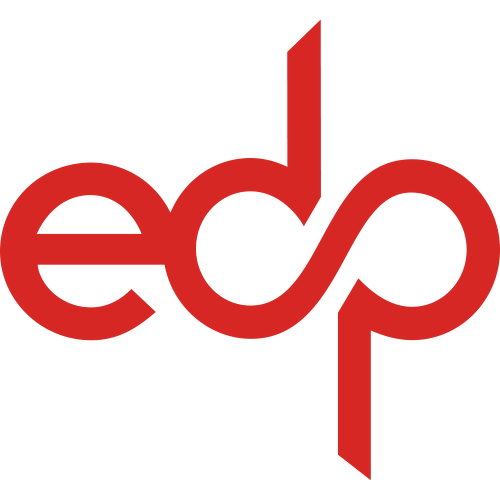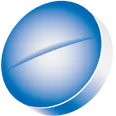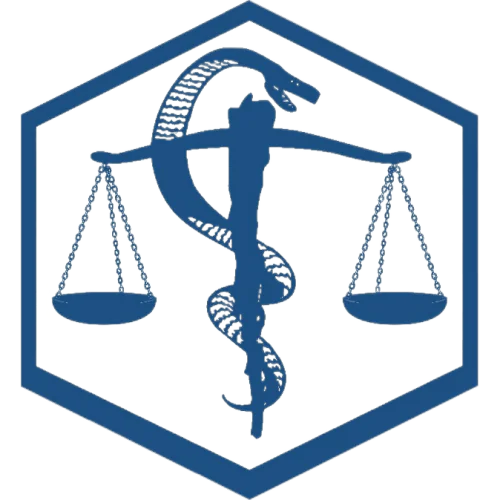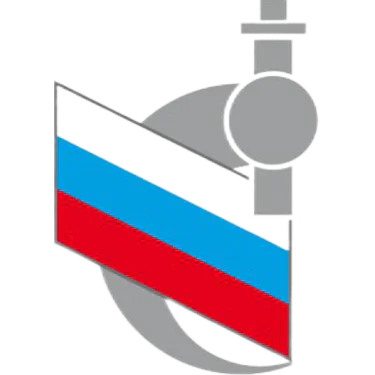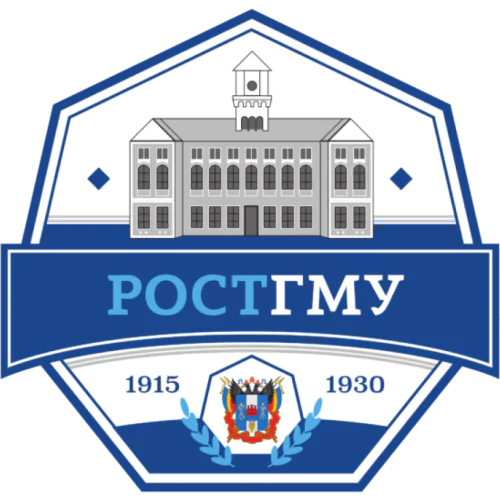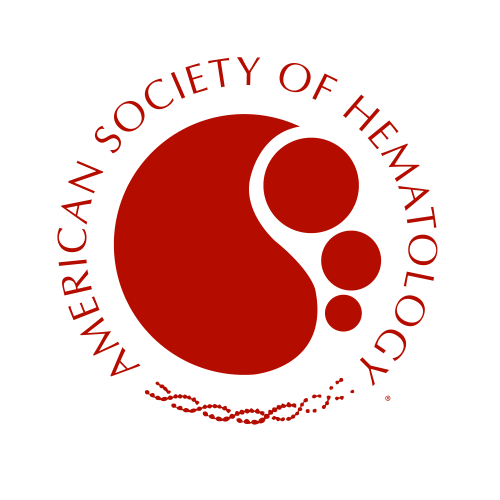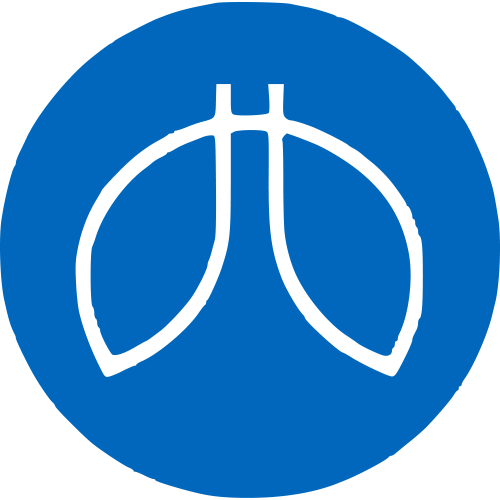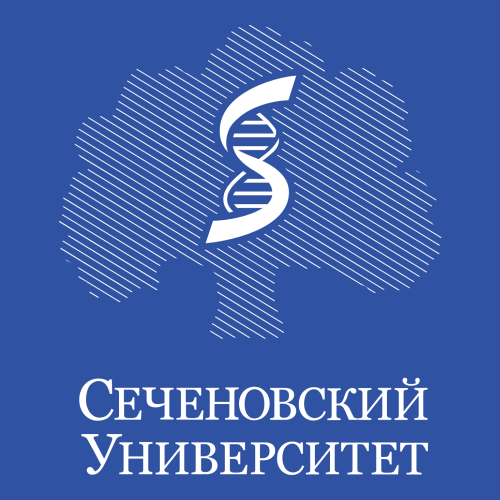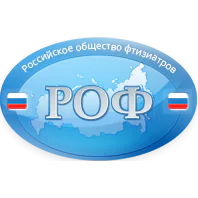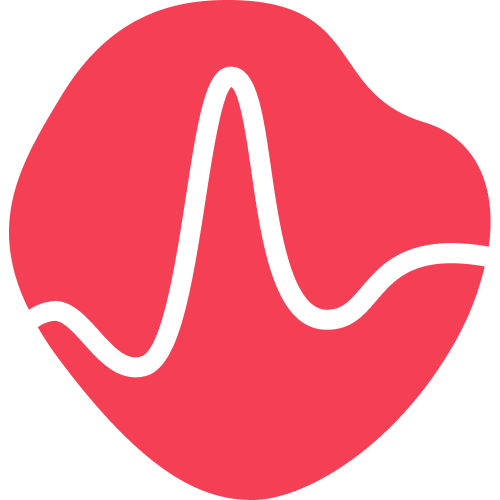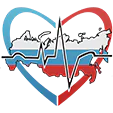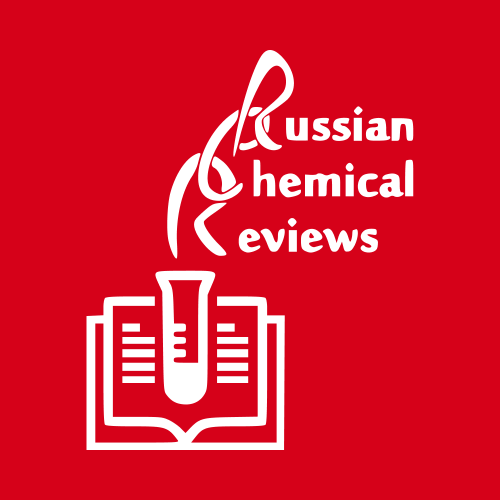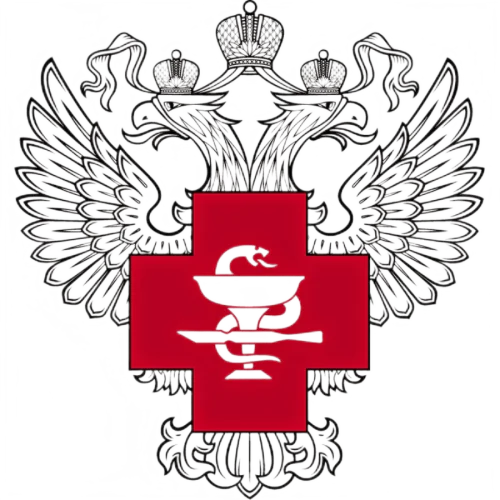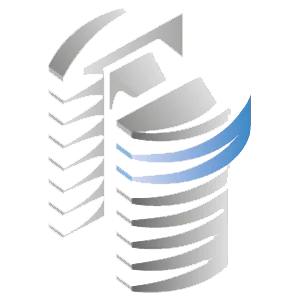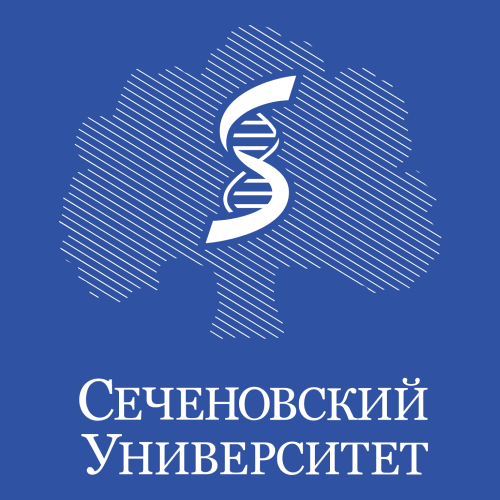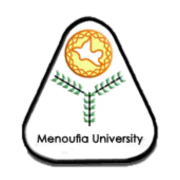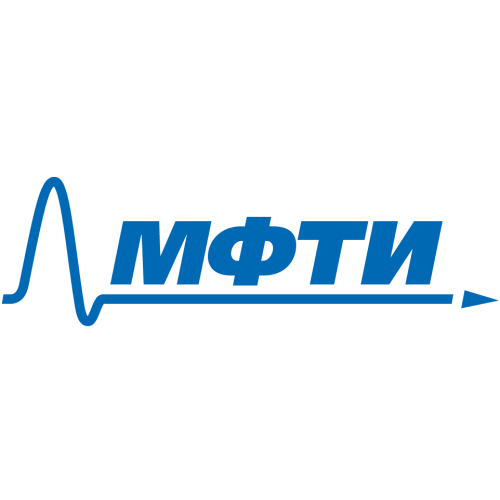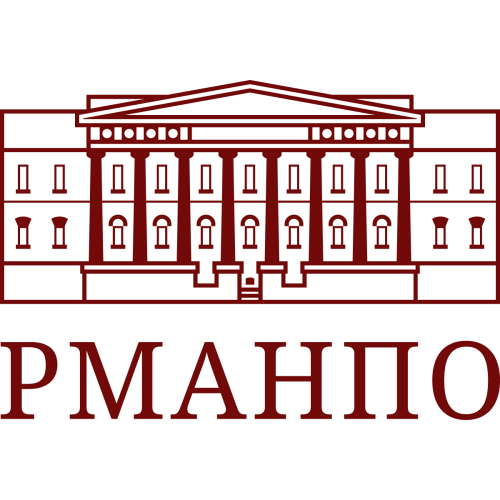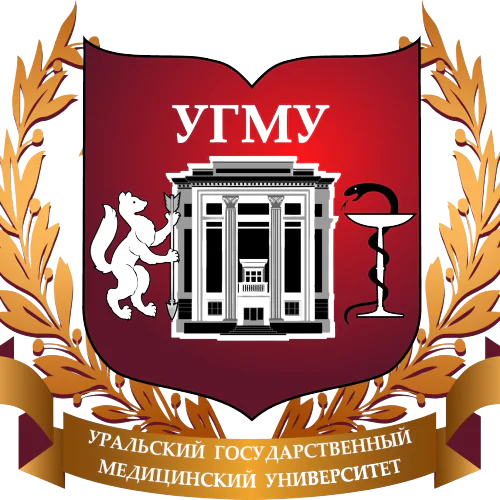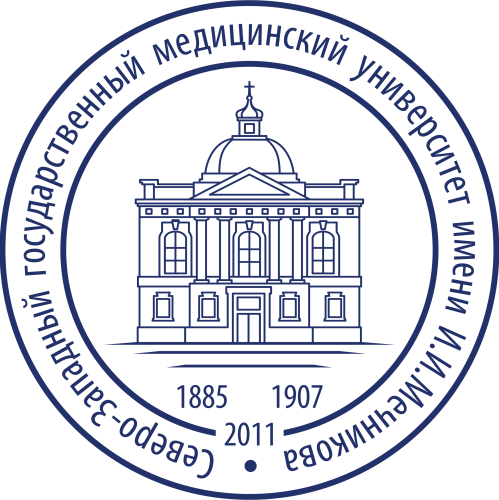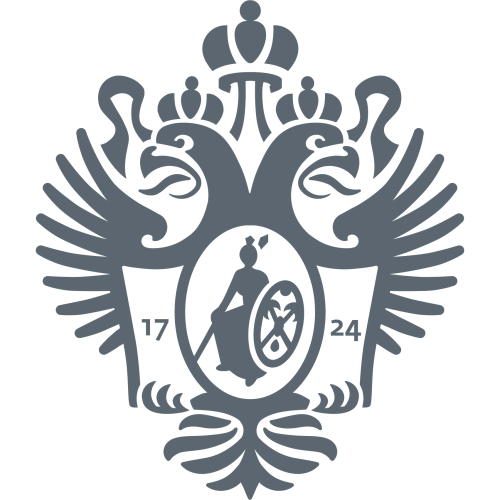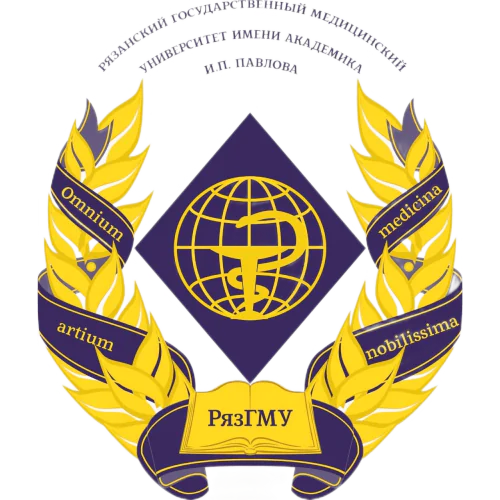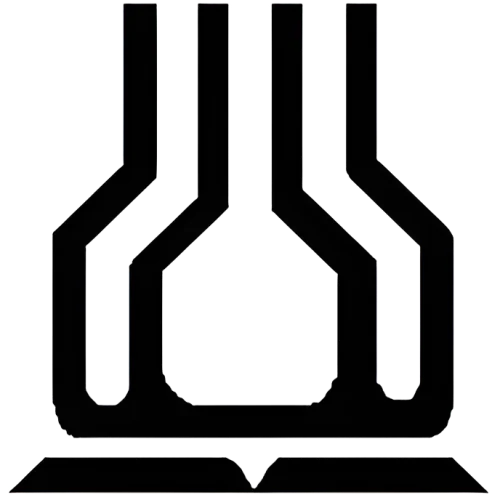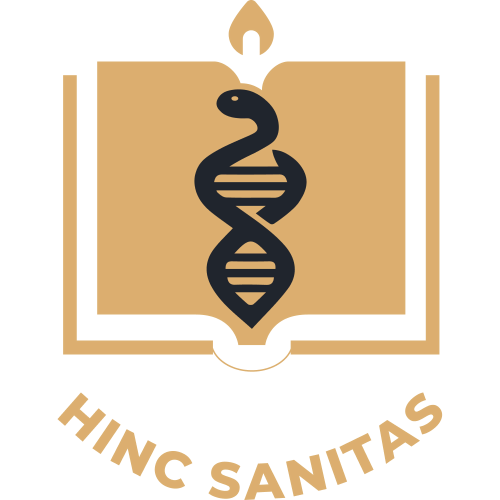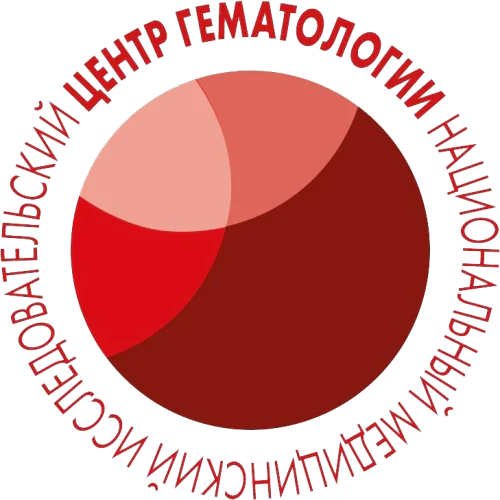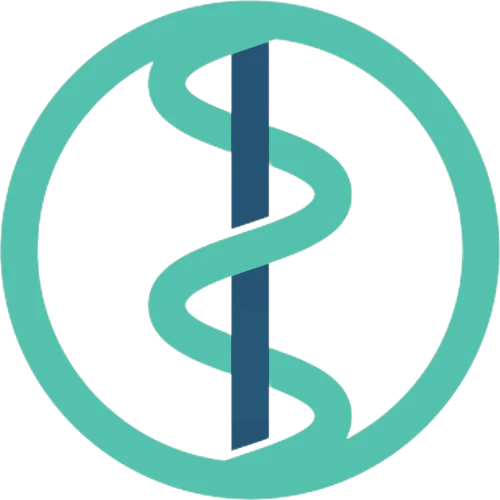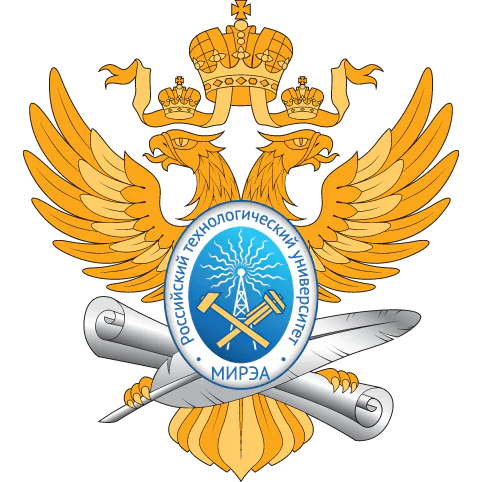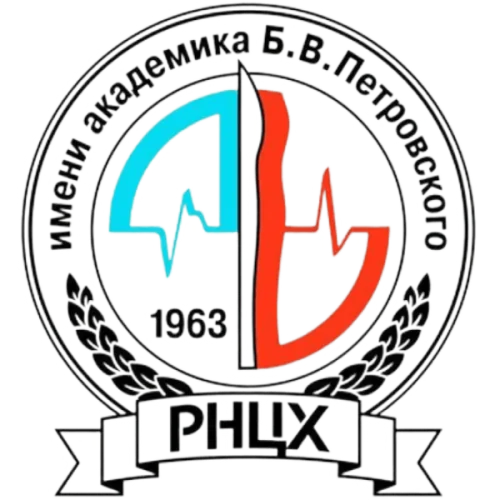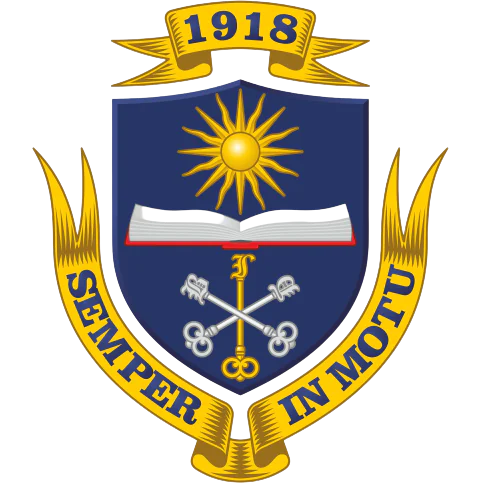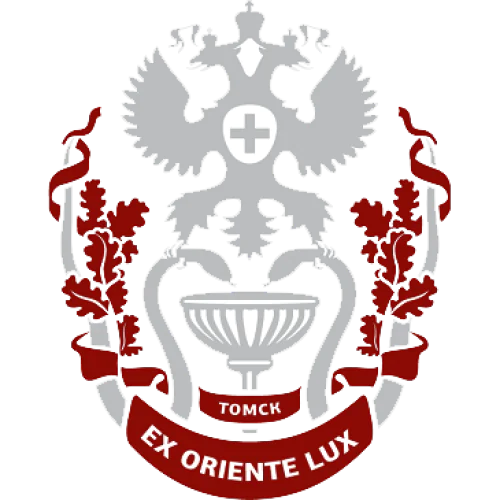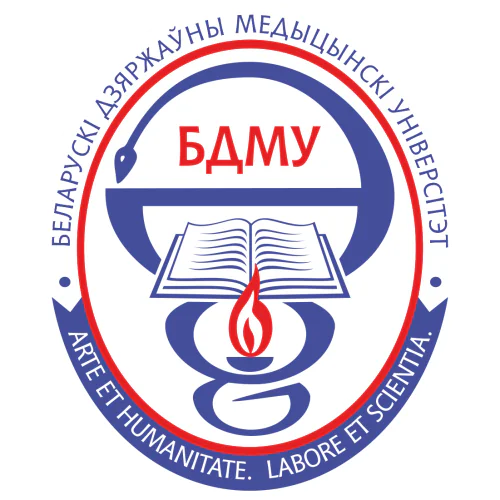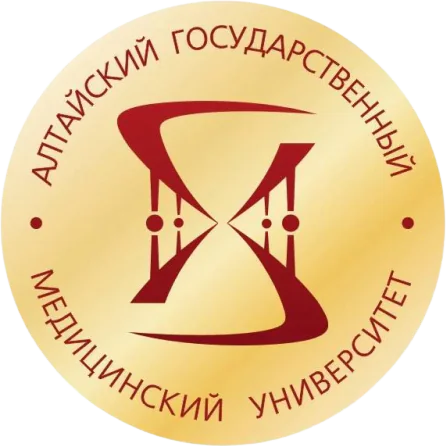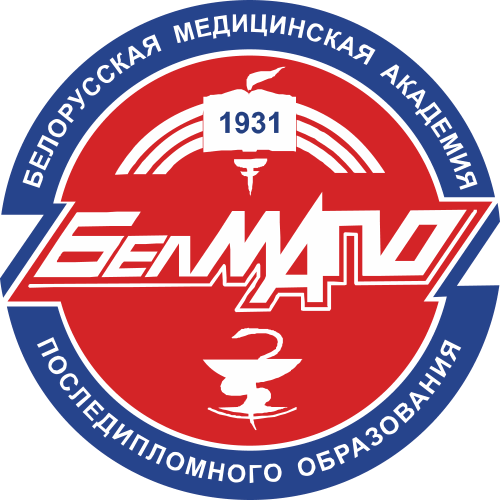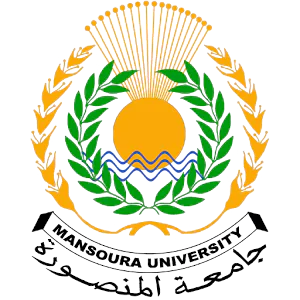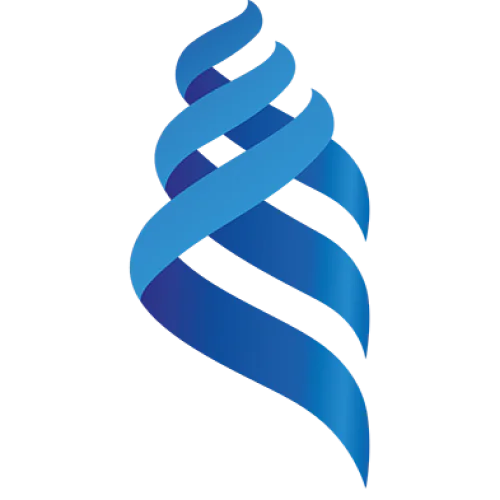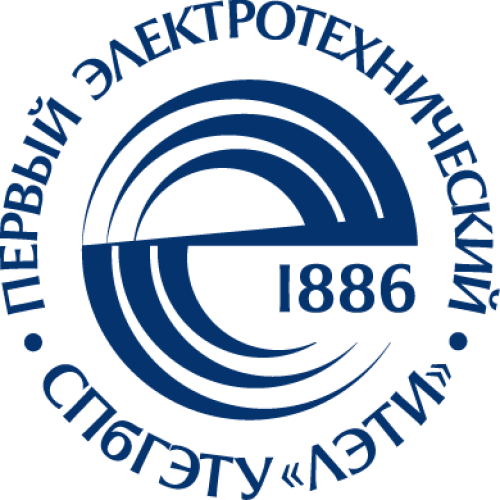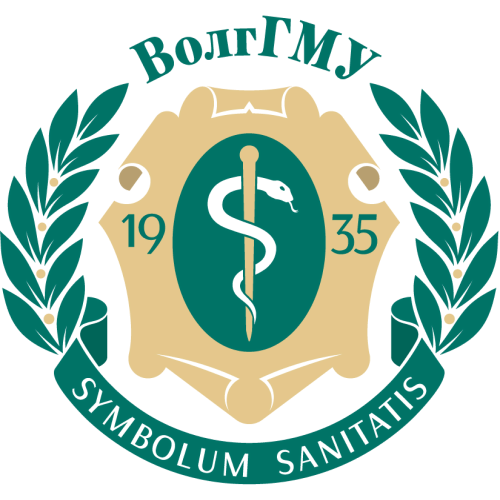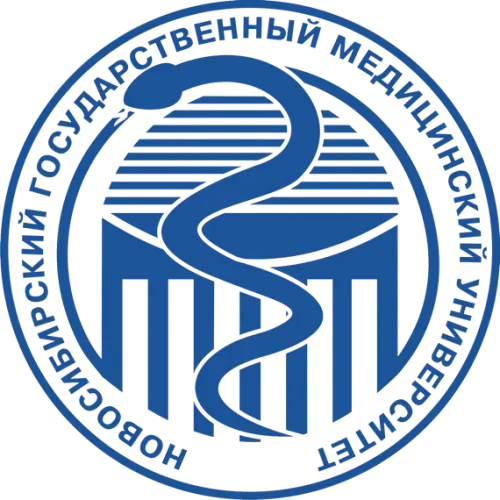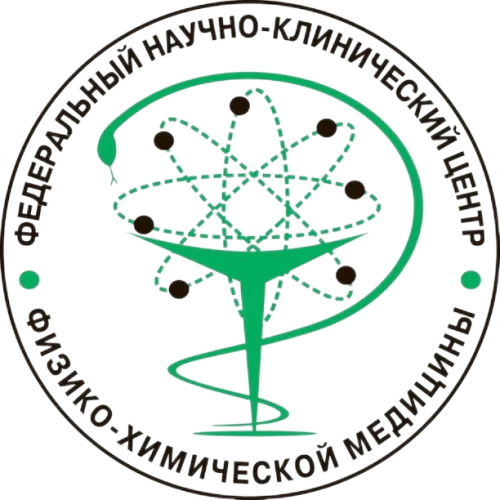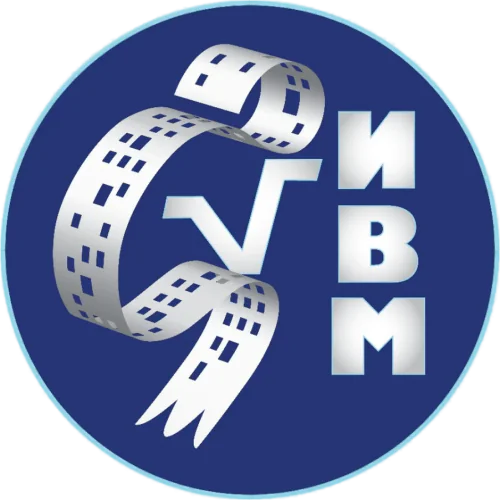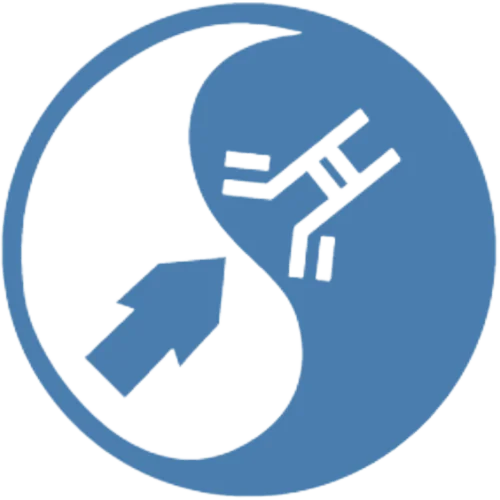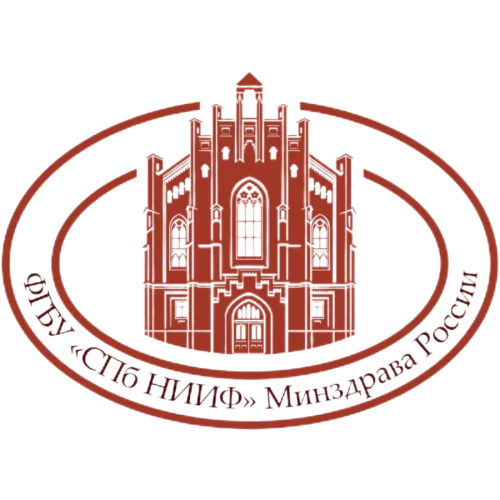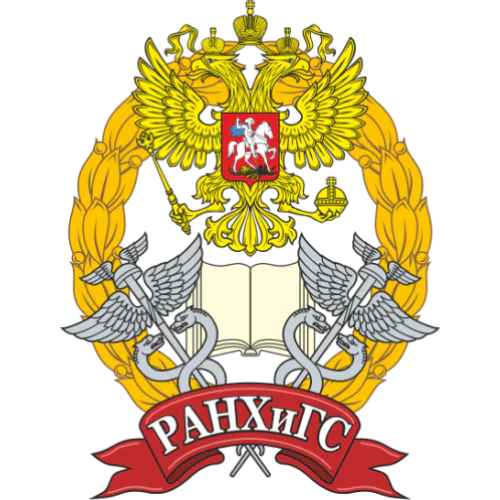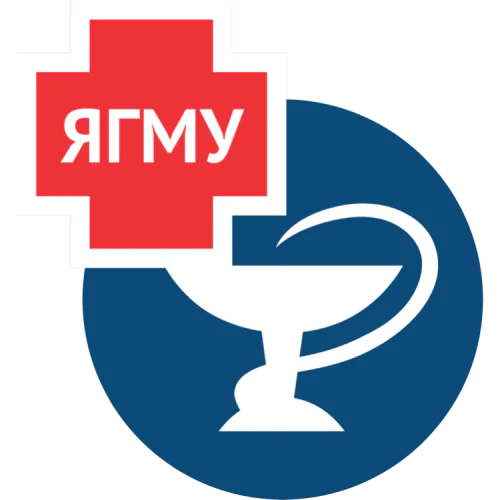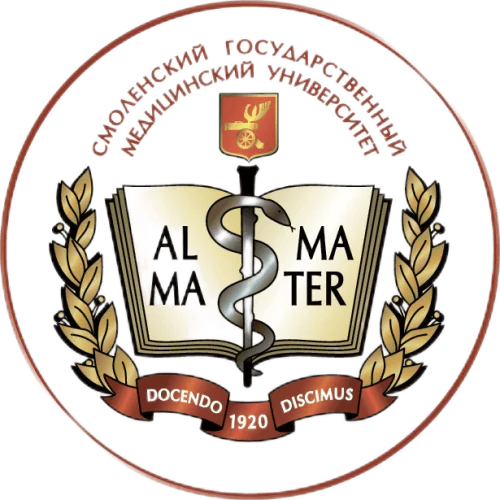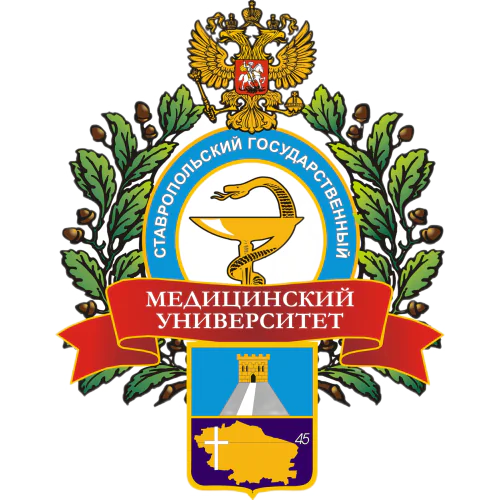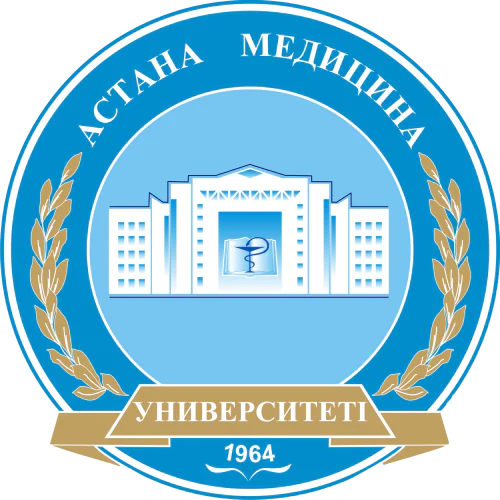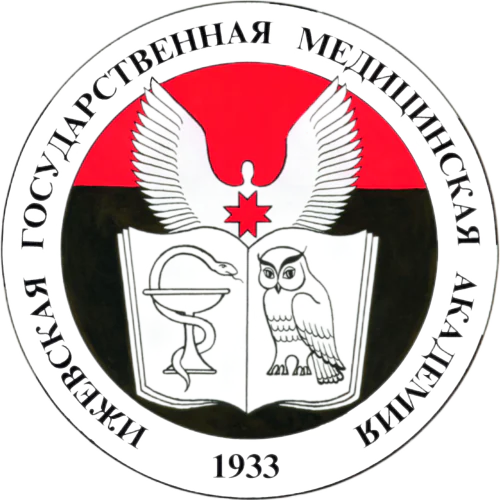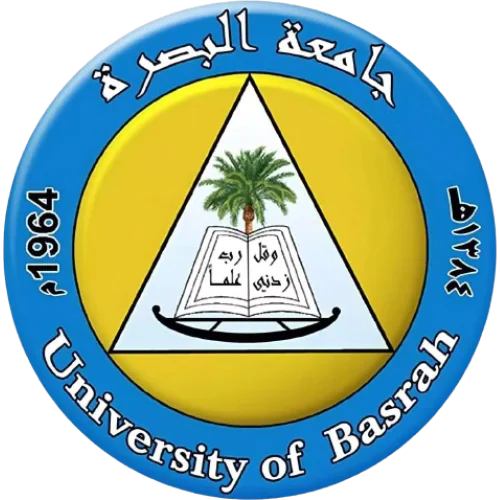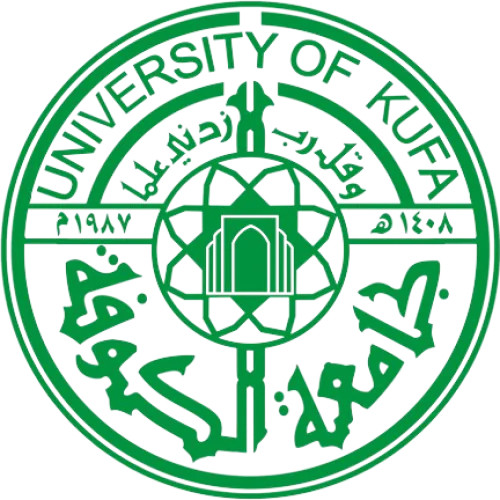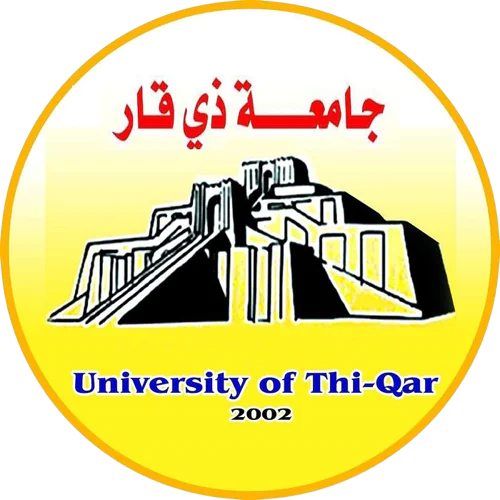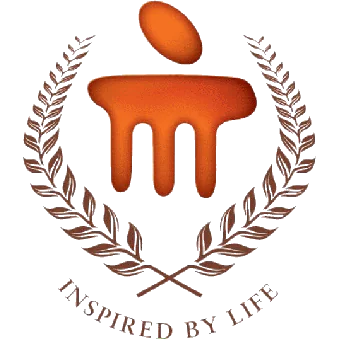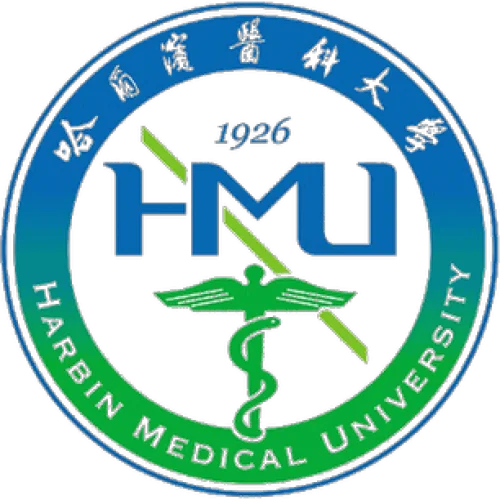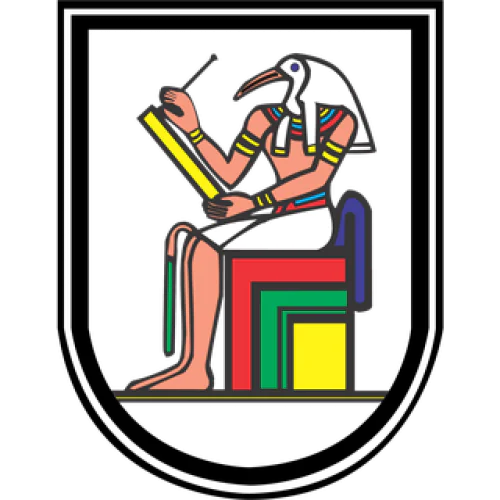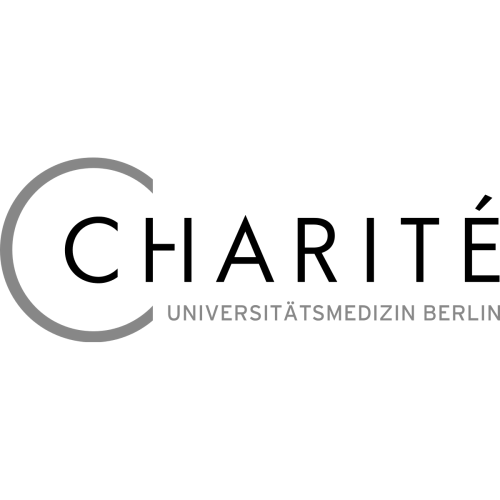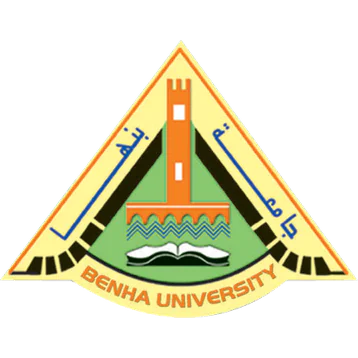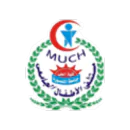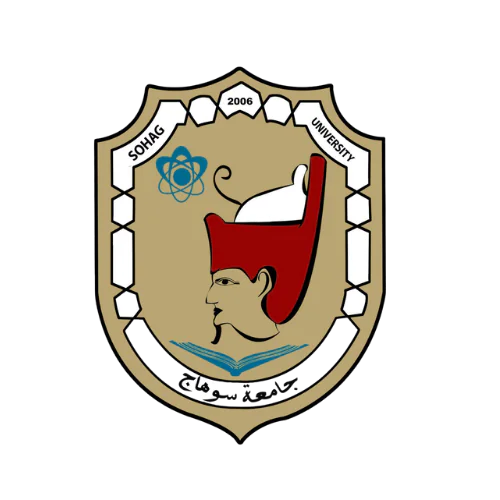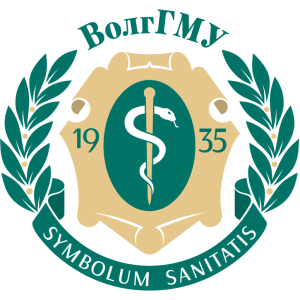Open Access


Pediatric Hematology/Oncology and Immunopathology

Fund Doctors, Innovations, Science for Children
ISSN:
17261708, 24149314
Are you a researcher?
Create a profile to get free access to personal recommendations for colleagues and new articles.
SCImago
Q4
SJR
0.158
CiteScore
0.5
Categories
Hematology
Immunology
Immunology and Allergy
Oncology
Pediatrics, Perinatology and Child Health
Areas
Immunology and Microbiology
Medicine
Years of issue
2002-2025
journal names
Pediatric Hematology/Oncology and Immunopathology
Top-3 citing journals

Pediatric Hematology/Oncology and Immunopathology
(226 citations)
Russian Journal of Pediatric Hematology and Oncology
(47 citations)
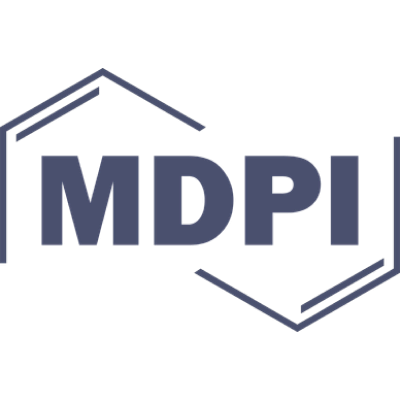
International Journal of Molecular Sciences
(13 citations)
Top-3 organizations
Top-3 countries
Top-3 researchers by articles count
11 publications in journal

Kulagin Alexander
293 publications,
1 494 citations,
44 reviews
h-index: 20
9 publications in journal

Gutovskaya Elena
11 publications,
67 citations
h-index: 3
Most cited in 5 years
Found
Nothing found, try to update filter.
Found
Nothing found, try to update filter.
Top-100
Citing journals
Citing publishers
Publishing organizations
|
50
100
150
200
250
300
350
400
450
|
|
|
Dmitry Rogachev National Research Center of Pediatric Hematology, Oncology and Immunology
425 publications, 61.59%
|
|
|
Pirogov Russian National Research Medical University
84 publications, 12.17%
|
|
|
Center for Theoretical Problems of Physicochemical Pharmacology of the Russian Academy of Sciences
48 publications, 6.96%
|
|
|
Lomonosov Moscow State University
35 publications, 5.07%
|
|
|
First Pavlov State Medical University of St. Petersburg
29 publications, 4.2%
|
|
|
N.N. Blokhin National Medical Research Center of Oncology
26 publications, 3.77%
|
|
|
Sechenov First Moscow State Medical University
21 publications, 3.04%
|
|
|
National Medical Research Center Obsterics, Gynecology and Perinatology the name of Academician V.I. Kulakov
13 publications, 1.88%
|
|
|
Menoufia University
12 publications, 1.74%
|
|
|
Moscow Institute of Physics and Technology
11 publications, 1.59%
|
|
|
Russian Medical Academy of Continuous Professional Education
10 publications, 1.45%
|
|
|
Almazov National Medical Research Centre
8 publications, 1.16%
|
|
|
National Medical Research Center of Neurosurgery named after N.N. Burdenko
8 publications, 1.16%
|
|
|
National Research Center Institute of Immunology of the Federal Medical Biological Agency of Russia
7 publications, 1.01%
|
|
|
Peoples' Friendship University of Russia
6 publications, 0.87%
|
|
|
Saint Petersburg State Pediatric Medical University
6 publications, 0.87%
|
|
|
Moscow Regional Research and Clinical Institute
6 publications, 0.87%
|
|
|
National Medical Scientific Center of Children's Health
6 publications, 0.87%
|
|
|
Emanuel Institute of Biochemical Physics of the Russian Academy of Sciences
5 publications, 0.72%
|
|
|
Ural State Medical University
5 publications, 0.72%
|
|
|
North-Western State Medical University named after I.I. Mechnikov
5 publications, 0.72%
|
|
|
Saint Petersburg State University
4 publications, 0.58%
|
|
|
Ryazan State Medical University named after Academician I.P. Pavlov
4 publications, 0.58%
|
|
|
N. N. Alexandrov National Cancer Centre
4 publications, 0.58%
|
|
|
Ahvaz Jundishapur University of Medical Sciences
4 publications, 0.58%
|
|
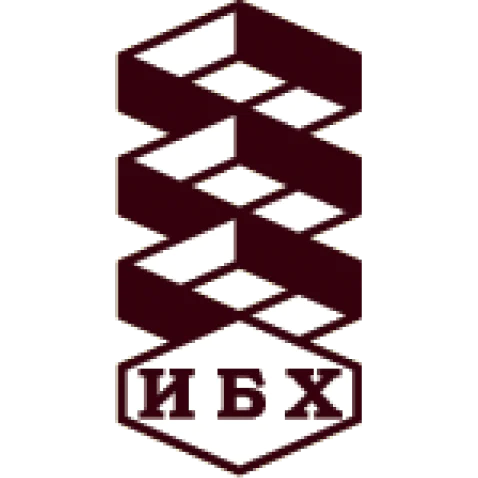
Shemyakin-Ovchinnikov Institute of Bioorganic Chemistry of the Russian Academy of Sciences
3 publications, 0.43%
|
|
|
Russian University of Medicine
3 publications, 0.43%
|
|
|
National Medical Research Center for Hematology
3 publications, 0.43%
|
|
|
FSBI «Petrov Research Institute of Oncology» of the Ministry of Healthcare of the Russian Federation
3 publications, 0.43%
|
|
|
Royal Philips
3 publications, 0.43%
|
|
|
École de Technologie Supérieure
3 publications, 0.43%
|
|
|
Institute of Theoretical and Experimental Biophysics of the Russian Academy of Sciences
2 publications, 0.29%
|
|
|
MIREA — Russian Technological University
2 publications, 0.29%
|
|
|
Petrovsky National Research Centre of Surgery
2 publications, 0.29%
|
|
|
Voronezh State University
2 publications, 0.29%
|
|
|
Siberian State Medical University
2 publications, 0.29%
|
|
|
Privolzhsky Research Medical University
2 publications, 0.29%
|
|
|
Bashkir State Medical University
2 publications, 0.29%
|
|
|
Belarusian State Medical University
2 publications, 0.29%
|
|
|
Research Centre for Medical Genetics
2 publications, 0.29%
|
|
|
Federal State Budget Institution «A.N. Bakulev National Medical Research Center of Cardiovascular Surgery»
2 publications, 0.29%
|
|
|
Altai State Medical University
2 publications, 0.29%
|
|
|
Belarusian Medical Academy of Post-Graduate Education
2 publications, 0.29%
|
|
|
Kirov Research Institute of Hematology and Blood Transfusion of Federal Medical and Biologic Agency
2 publications, 0.29%
|
|
|
Mansoura University
2 publications, 0.29%
|
|
|
National Research Nuclear University MEPhI
1 publication, 0.14%
|
|
|
Engelhardt Institute of Molecular Biology of the Russian Academy of Sciences
1 publication, 0.14%
|
|
|
Far Eastern Federal University
1 publication, 0.14%
|
|
|
Saint Petersburg Electrotechnical University "LETI"
1 publication, 0.14%
|
|
|
Volgograd State Medical University
1 publication, 0.14%
|
|
|
Chuvash State University
1 publication, 0.14%
|
|
|
Saratov State Medical University named after V. I. Razumovsky
1 publication, 0.14%
|
|
|
Novosibirsk State Medical University
1 publication, 0.14%
|
|
|
Institute of Microbiology of the National Academy of Sciences of Belarus
1 publication, 0.14%
|
|
|
Belarusian State University
1 publication, 0.14%
|
|
|
Tyumen State Medical University
1 publication, 0.14%
|
|
|
Federal Research and Clinical Center of Physical-Chemical Medicine of Federal Medical Biological Agency
1 publication, 0.14%
|
|
|
Marchuk Institute of Numerical Mathematics of the Russian Academy of Sciences
1 publication, 0.14%
|
|
|
Research Institute of Fundamental and Clinical Immunology
1 publication, 0.14%
|
|
|
Saint-Petersburg Research Institute of Phthisiopulmonology
1 publication, 0.14%
|
|
|
N. P. Bechtereva Institute of the Human Brain of Russian Academy of Sciences
1 publication, 0.14%
|
|
|
Russian Presidential Academy of National Economy and Public Administration
1 publication, 0.14%
|
|
|
Yaroslavl State Medical University
1 publication, 0.14%
|
|
|
Smolensk State Medical University
1 publication, 0.14%
|
|
|
Stavropol State Medical University
1 publication, 0.14%
|
|
|
Astana Medical University
1 publication, 0.14%
|
|
|
Central Research Institute of Epidemiology of Rospotrebnadzor
1 publication, 0.14%
|
|
|
Izhevsk State Medical Academy
1 publication, 0.14%
|
|
|
Shahid Beheshti University of Medical Sciences and Health Services
1 publication, 0.14%
|
|
|
Islamic Azad University, Tehran
1 publication, 0.14%
|
|
|
Shahid Chamran University of Ahvaz
1 publication, 0.14%
|
|
|
University of Basrah
1 publication, 0.14%
|
|
|
University of Kufa
1 publication, 0.14%
|
|
|
University of Thi-Qar
1 publication, 0.14%
|
|
|
Hadassah Medical Center
1 publication, 0.14%
|
|
|
Manipal Academy of Higher Education
1 publication, 0.14%
|
|
|
Harbin Medical University
1 publication, 0.14%
|
|
|
Cairo University
1 publication, 0.14%
|
|
|
German Cancer Research Center
1 publication, 0.14%
|
|
|
Charité - Universitätsmedizin Berlin
1 publication, 0.14%
|
|
|
Children's National Hospital
1 publication, 0.14%
|
|
|
Benha University
1 publication, 0.14%
|
|
|
Children's Hospital Mansoura University
1 publication, 0.14%
|
|
|
Sohag University
1 publication, 0.14%
|
|
|
50
100
150
200
250
300
350
400
450
|
|
Publishing organizations in 5 years
|
50
100
150
200
250
300
350
|
|
|
Dmitry Rogachev National Research Center of Pediatric Hematology, Oncology and Immunology
337 publications, 70.95%
|
|
|
Pirogov Russian National Research Medical University
56 publications, 11.79%
|
|
|
Center for Theoretical Problems of Physicochemical Pharmacology of the Russian Academy of Sciences
38 publications, 8%
|
|
|
Lomonosov Moscow State University
23 publications, 4.84%
|
|
|
Sechenov First Moscow State Medical University
18 publications, 3.79%
|
|
|
First Pavlov State Medical University of St. Petersburg
18 publications, 3.79%
|
|
|
N.N. Blokhin National Medical Research Center of Oncology
16 publications, 3.37%
|
|
|
Menoufia University
12 publications, 2.53%
|
|
|
Russian Medical Academy of Continuous Professional Education
9 publications, 1.89%
|
|
|
National Medical Research Center Obsterics, Gynecology and Perinatology the name of Academician V.I. Kulakov
8 publications, 1.68%
|
|
|
National Medical Scientific Center of Children's Health
6 publications, 1.26%
|
|
|
Almazov National Medical Research Centre
5 publications, 1.05%
|
|
|
Moscow Regional Research and Clinical Institute
5 publications, 1.05%
|
|
|
National Research Center Institute of Immunology of the Federal Medical Biological Agency of Russia
5 publications, 1.05%
|
|
|
Moscow Institute of Physics and Technology
4 publications, 0.84%
|
|
|
Peoples' Friendship University of Russia
4 publications, 0.84%
|
|
|
Saint Petersburg State University
4 publications, 0.84%
|
|
|
Ural State Medical University
4 publications, 0.84%
|
|
|
National Medical Research Center of Neurosurgery named after N.N. Burdenko
4 publications, 0.84%
|
|
|
Ryazan State Medical University named after Academician I.P. Pavlov
4 publications, 0.84%
|
|
|
N. N. Alexandrov National Cancer Centre
4 publications, 0.84%
|
|
|
Ahvaz Jundishapur University of Medical Sciences
4 publications, 0.84%
|
|

Shemyakin-Ovchinnikov Institute of Bioorganic Chemistry of the Russian Academy of Sciences
3 publications, 0.63%
|
|
|
Emanuel Institute of Biochemical Physics of the Russian Academy of Sciences
3 publications, 0.63%
|
|
|
Russian University of Medicine
3 publications, 0.63%
|
|
|
Saint Petersburg State Pediatric Medical University
3 publications, 0.63%
|
|
|
North-Western State Medical University named after I.I. Mechnikov
3 publications, 0.63%
|
|
|
École de Technologie Supérieure
3 publications, 0.63%
|
|
|
Institute of Theoretical and Experimental Biophysics of the Russian Academy of Sciences
2 publications, 0.42%
|
|
|
Siberian State Medical University
2 publications, 0.42%
|
|
|
Privolzhsky Research Medical University
2 publications, 0.42%
|
|
|
Belarusian State Medical University
2 publications, 0.42%
|
|
|
National Medical Research Center for Hematology
2 publications, 0.42%
|
|
|
FSBI «Petrov Research Institute of Oncology» of the Ministry of Healthcare of the Russian Federation
2 publications, 0.42%
|
|
|
Altai State Medical University
2 publications, 0.42%
|
|
|
Belarusian Medical Academy of Post-Graduate Education
2 publications, 0.42%
|
|
|
Royal Philips
2 publications, 0.42%
|
|
|
Mansoura University
2 publications, 0.42%
|
|
|
National Research Nuclear University MEPhI
1 publication, 0.21%
|
|
|
Engelhardt Institute of Molecular Biology of the Russian Academy of Sciences
1 publication, 0.21%
|
|
|
Far Eastern Federal University
1 publication, 0.21%
|
|
|
Volgograd State Medical University
1 publication, 0.21%
|
|
|
MIREA — Russian Technological University
1 publication, 0.21%
|
|
|
Petrovsky National Research Centre of Surgery
1 publication, 0.21%
|
|
|
Chuvash State University
1 publication, 0.21%
|
|
|
Bashkir State Medical University
1 publication, 0.21%
|
|
|
Saratov State Medical University named after V. I. Razumovsky
1 publication, 0.21%
|
|
|
Novosibirsk State Medical University
1 publication, 0.21%
|
|
|
Institute of Microbiology of the National Academy of Sciences of Belarus
1 publication, 0.21%
|
|
|
Belarusian State University
1 publication, 0.21%
|
|
|
Tyumen State Medical University
1 publication, 0.21%
|
|
|
Federal Research and Clinical Center of Physical-Chemical Medicine of Federal Medical Biological Agency
1 publication, 0.21%
|
|
|
Research Centre for Medical Genetics
1 publication, 0.21%
|
|
|
Marchuk Institute of Numerical Mathematics of the Russian Academy of Sciences
1 publication, 0.21%
|
|
|
Federal State Budget Institution «A.N. Bakulev National Medical Research Center of Cardiovascular Surgery»
1 publication, 0.21%
|
|
|
Research Institute of Fundamental and Clinical Immunology
1 publication, 0.21%
|
|
|
Saint-Petersburg Research Institute of Phthisiopulmonology
1 publication, 0.21%
|
|
|
N. P. Bechtereva Institute of the Human Brain of Russian Academy of Sciences
1 publication, 0.21%
|
|
|
Russian Presidential Academy of National Economy and Public Administration
1 publication, 0.21%
|
|
|
Yaroslavl State Medical University
1 publication, 0.21%
|
|
|
Stavropol State Medical University
1 publication, 0.21%
|
|
|
Astana Medical University
1 publication, 0.21%
|
|
|
Central Research Institute of Epidemiology of Rospotrebnadzor
1 publication, 0.21%
|
|
|
Kirov Research Institute of Hematology and Blood Transfusion of Federal Medical and Biologic Agency
1 publication, 0.21%
|
|
|
Izhevsk State Medical Academy
1 publication, 0.21%
|
|
|
Shahid Beheshti University of Medical Sciences and Health Services
1 publication, 0.21%
|
|
|
Islamic Azad University, Tehran
1 publication, 0.21%
|
|
|
University of Basrah
1 publication, 0.21%
|
|
|
University of Kufa
1 publication, 0.21%
|
|
|
University of Thi-Qar
1 publication, 0.21%
|
|
|
Hadassah Medical Center
1 publication, 0.21%
|
|
|
Manipal Academy of Higher Education
1 publication, 0.21%
|
|
|
Harbin Medical University
1 publication, 0.21%
|
|
|
Cairo University
1 publication, 0.21%
|
|
|
German Cancer Research Center
1 publication, 0.21%
|
|
|
Charité - Universitätsmedizin Berlin
1 publication, 0.21%
|
|
|
Benha University
1 publication, 0.21%
|
|
|
Children's Hospital Mansoura University
1 publication, 0.21%
|
|
|
Sohag University
1 publication, 0.21%
|
|
|
50
100
150
200
250
300
350
|
|
Publishing countries
|
50
100
150
200
250
300
350
400
450
500
|
|
|
Russia
|
Russia, 485, 70.29%
Russia
485 publications, 70.29%
|
|
Saudi Arabia
|
Saudi Arabia, 13, 1.88%
Saudi Arabia
13 publications, 1.88%
|
|
Belarus
|
Belarus, 9, 1.3%
Belarus
9 publications, 1.3%
|
|
Iran
|
Iran, 6, 0.87%
Iran
6 publications, 0.87%
|
|
USA
|
USA, 5, 0.72%
USA
5 publications, 0.72%
|
|
Egypt
|
Egypt, 4, 0.58%
Egypt
4 publications, 0.58%
|
|
Germany
|
Germany, 2, 0.29%
Germany
2 publications, 0.29%
|
|
Iraq
|
Iraq, 2, 0.29%
Iraq
2 publications, 0.29%
|
|
Kazakhstan
|
Kazakhstan, 1, 0.14%
Kazakhstan
1 publication, 0.14%
|
|
China
|
China, 1, 0.14%
China
1 publication, 0.14%
|
|
Israel
|
Israel, 1, 0.14%
Israel
1 publication, 0.14%
|
|
India
|
India, 1, 0.14%
India
1 publication, 0.14%
|
|
Canada
|
Canada, 1, 0.14%
Canada
1 publication, 0.14%
|
|
Netherlands
|
Netherlands, 1, 0.14%
Netherlands
1 publication, 0.14%
|
|
50
100
150
200
250
300
350
400
450
500
|
Publishing countries in 5 years
|
50
100
150
200
250
300
350
400
|
|
|
Russia
|
Russia, 374, 78.74%
Russia
374 publications, 78.74%
|
|
Saudi Arabia
|
Saudi Arabia, 13, 2.74%
Saudi Arabia
13 publications, 2.74%
|
|
Belarus
|
Belarus, 8, 1.68%
Belarus
8 publications, 1.68%
|
|
Iran
|
Iran, 5, 1.05%
Iran
5 publications, 1.05%
|
|
USA
|
USA, 4, 0.84%
USA
4 publications, 0.84%
|
|
Egypt
|
Egypt, 4, 0.84%
Egypt
4 publications, 0.84%
|
|
Germany
|
Germany, 2, 0.42%
Germany
2 publications, 0.42%
|
|
Iraq
|
Iraq, 2, 0.42%
Iraq
2 publications, 0.42%
|
|
Kazakhstan
|
Kazakhstan, 1, 0.21%
Kazakhstan
1 publication, 0.21%
|
|
China
|
China, 1, 0.21%
China
1 publication, 0.21%
|
|
Israel
|
Israel, 1, 0.21%
Israel
1 publication, 0.21%
|
|
India
|
India, 1, 0.21%
India
1 publication, 0.21%
|
|
Canada
|
Canada, 1, 0.21%
Canada
1 publication, 0.21%
|
|
Netherlands
|
Netherlands, 1, 0.21%
Netherlands
1 publication, 0.21%
|
|
50
100
150
200
250
300
350
400
|
11 publications in journal

Kulagin Alexander
293 publications,
1 494 citations,
44 reviews
h-index: 20
9 publications in journal

Gutovskaya Elena
11 publications,
67 citations
h-index: 3
8 publications in journal

Senchenko Maria
14 publications,
19 citations
h-index: 1
6 publications in journal

Sidorov Ilya
13 publications,
14 citations
h-index: 2
3 publications in journal

Filippova Anna
7 publications,
18 citations
h-index: 2
2 publications in journal

Tarakanova Alexandra
6 publications,
2 citations
h-index: 1
1 publication in journal

Fomina Daria
158 publications,
1 685 citations
h-index: 21





